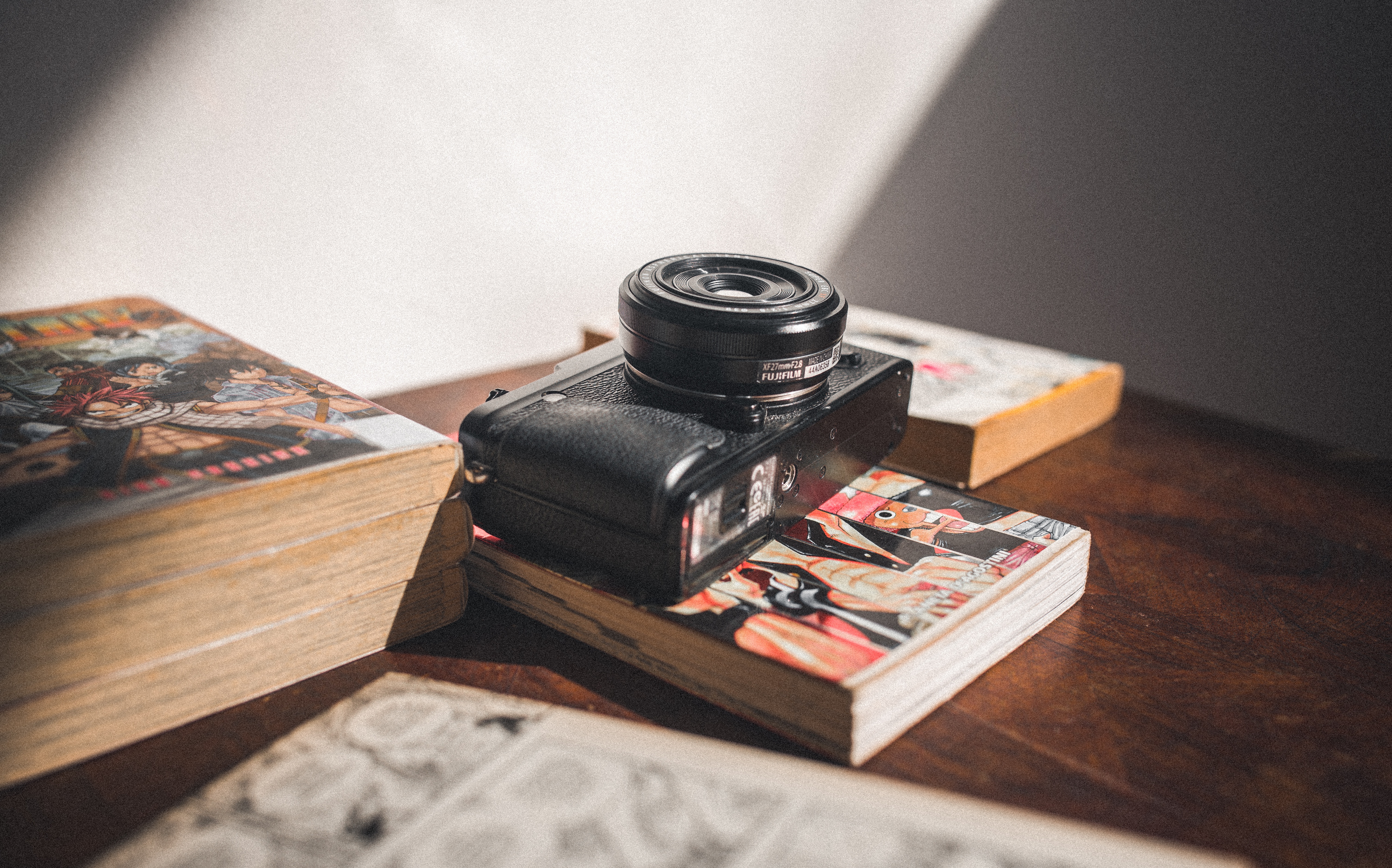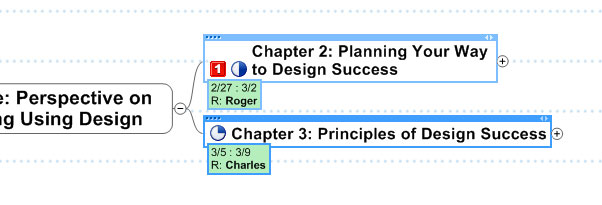5 Small Steps to Draw Media Attention to Your Book Marketing Campaign
Today when information overload is just the way things are good authors are as valuable as gold. And so it happens that truly talented writers all too often can’t promote their works without additional assistance or heavy time costs. When PR managers with extensive job experience cost a fortune, which can smash a start-up, you need to find a universal solution.
So, how to save time and not to splurge on a brand building?
Step 1: Draw a flexible book marketing plan
“By failing to prepare, you are preparing to fail”.
Benjamin Franklin
The first step and definitely one of the most important for the future success is a perspective book marketing plan. Create a complete list of relevant media contacts, which includes the names of talented reporters, editors, producers, bookers, who will be interested in your book publication and further promotion. What is even more profitable is to find your potential broadcasters, TV showmen who deal in the sphere of your expertise.
Methods and techniques for the search differ a lot. Choose the way you know best and go ahead. Maybe you’ll start by:
-
analyzing newspapers topicality and demand;
-
storming TV stations;
-
or simply surfing the most popular social and professional networks.
The main thing here is not the method you choose but the result you finally get. If you on the center with the search problem, try on-demand sourcing services for ‘writers’ cooperation, like HARO and others. What output you need to get now is a complete strategy for the book marketing campaign.
Step 2: Create a comprehensive press kit
A press kit is one of the main resources for the future campaign. The resource will allow you to share information about your work fast and efficiently with all the people for cooperation you gathered when drawing a plan.
What should be included in the press kit?
-
your professional headshots: you need to provide your potential representatives with a set of low-resolution/high-resolution photos of various sizes. The photos are one of the most important constituents of the kit. Make sure you replaced the latest bikini pictures with professional/casual pictures from the latest photo session. Also, take care that the photos correspond to reality. Exclude the variants where you are 10 pounds less or photos taken ten years ago.
-
a well-thought-out bio: spend your energy on crafting at least three types of bios: short (50-100 words), medium (100-200 words) and full-length bio (more than 500 words).
-
contact data: for reasons of safety and privacy, you are not asked to include your home address and phone number. Though it will be desirable to fill in your email address as well as links to your professional social accounts.
-
answers to potential interviewer’s questions: to save your time and journalists effort you are highly recommended to make up and answer a list of common questions. Besides, you can include a set of topics you are eager to discuss.
-
your book cover image: as well as the presentation of you as an author, your book cover is not less important. Make sure that it’s a clear and high-quality image.
-
a sell list: include all the detailed information about your book here, such as the title, blurb, number of pages, ISBN, formats, date of release, information about the publisher, price, and marketplaces where potential readers can acquire it.
-
a simple chapter in a PDF format: include the information to make it available for free and give readers and journalists a chance to review the work.
-
reviews: include reviews as social proof to your press kit.
-
Besides, you are advised to include a press release, a list of previously published books, relevant awards, and a book trailer if there is one.
Step 3: Make up email templates for all occasions
The main goal here is to create a pitch, which is to catch journalists’ attention, make it brief and compelling. Besides, you need to create as many templates as possible customizing each line of it for the addressee it’s crafted for.
Here are several qualities your email templates should be endowed with:
-
brevity and plainness;
-
friendly tone and respectful distance;
-
not a text-heavy sample;
-
reason and sound;
-
a valuable and all-inclusive email.
Step 4: Prepare for interviews
Having received the first invitations for interviews, start sorting and adding them to a schedule list. Get to know whether the interviewers will need any additional information or resources like an intro for a definite audience, a book copy, special offers, and others. It can’t hurt to find out a list of future questions before the date of the interview. Prepare all the needed statistics, facts, life stories and examples to manage the situation.
Step 5: Think over small free gifts and thank-you follow-ups
Maintaining relationships with your book marketing campaign is one of the most important and essential parts. Your task here is to establish contacts and keep friendly terms with the relevant media contacts. Be sincere with the people and polite to all of them. Who knows, maybe it will play into your hands when launching the next campaign.
Final Word
A successful book marketing campaign largely depends on the effort you invest in it. Another problem is that there isn’t a universal solution applied for any occasion. However, there are 5 small steps you can take to save your trouble:
-
make up a complete strategy plan;
-
design a comprehensive press kit;
-
create email samples for different needs;
-
get ready for future interviews;
-
think out small free gifts to keep friendly terms with media contacts.
At least, these simple steps are enough for the first drive on the way to the market success.
About Author:
Alina is a technical writer at Amasty who is keen to e-commerce and implementation of new solutions into the sphere. She believes self-enhancement and spot-on goal setting contribute to any project’s success. Being a regular buyer of numerous online stores she wants to work a fine line between customer’s needs and merchant’s interest.





